Down Memory Lane
Walking along one of the dirt roads near my home.
Jesus, the disciples, and the great crowds were heading toward Jerusalem when they came to Bethphage on the Mount of Olives. Jesus stopped and beckoned to two of the disciples.
Jesus: Go to the village over there. There you’ll find a donkey tied to a post and a foal beside it. Untie them and bring them to Me. If anyone tries to stop you, then tell him, “The Master needs these,” and he will send the donkey and foal immediately.
He sent the disciples on ahead so His entry into Jerusalem could fulfill what the prophet Zechariah had long since foretold:
Tell this to Zion’s daughter,
“Look—your King is approaching,
seated humbly on a donkey,
a young foal, a beast of burden.”So the disciples went off and followed Jesus’ instructions. They brought the donkey and foal to Jesus, they spread their cloaks on the animals, and Jesus sat down on them. The great crowd followed suit, laying their cloaks on the road. Others cut leafy branches from the trees and scattered those before Jesus. And the crowds went before Jesus, walked alongside Him, and processed behind—all singing.
Crowd: Hosanna, praises to the Son of David! Blessed is He who comes in the name of the Eternal One! Hosanna in the highest!
The way Jesus enters the city on a lowly donkey, with crowds surrounding Him singing praises, surprises many within Jerusalem.
And that is how Jesus came into Jerusalem. The people noticed this strange parade. They wondered who this could be, this humble bearded man on a donkey who incited such songs.
Crowd: This is Jesus, the prophet, from Nazareth in Galilee.
— Matthew 21:1-11 (The Voice Translation)
June of 2016 for me is definitely something I wish to remember…I had the privilege of taking a spiritual pilgrimage to Scotland, England, and Ireland with a handful of others – there were 16 of us total. Together we explored the Celtic roots of Christianity, a unique branch of Christianity that developed in the early centuries but apart from the rule and influence of the church in Rome.
The Celtic church got it’s beginnings largely from the work and ministry of a man named Patrick who spent 40 years traveling throughout Ireland. Later, a monk named Columcille or Columba spent a similar amount of time sharing the gospel to the pagan people of Scotland. When Columcille first arrived on Scottish soil, he and the monks who left Ireland with him, built a monastery on the tiny island of Iona.
Iona has since become a place of significance. While not a particularly picturesque place (there are far more beautiful islands off the Scottish coast to visit), Iona has long been a place to find renewal and rest and has steadily held that reputation for centuries. In its ancient graveyard lie Scottish, Scandinavian, Irish and French kings all of whom found some peace or refuge here.
The first stop along our pilgrimage was here at Iona. We had four lovely days to explore the island, learn its history, breath in its calm for ourselves. Considering that lodging at this renowned location must be booked up to 2 years in advance, this was a special opportunity. After some initial exploring as a group, we were given a day of silent retreat to spend the day as we pleased.
Photography has been a love of mine since college and I quickly found myself engaged in photographing the multitude of miniature flowers that could be found peeking out from the crevices in the stone walls of the ruined nunnery, along the island pathways, sprinkled at the base of rock outcroppings on Dun I, Iona’s large hill.
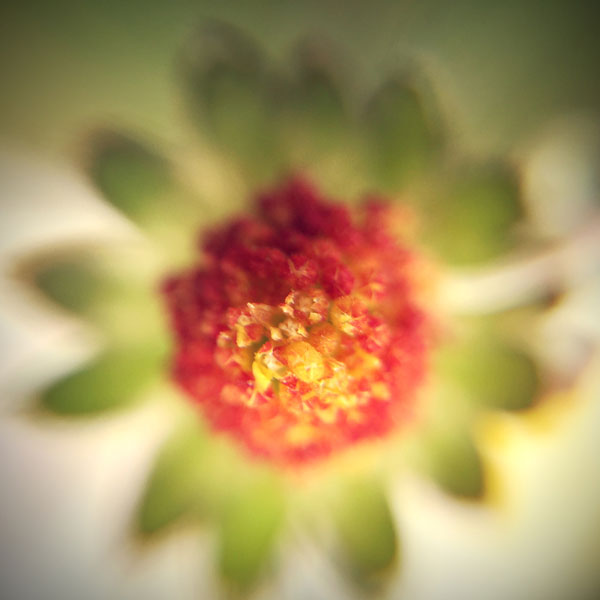
Iona Miniatures Series (2016) by Michelle L Hofer
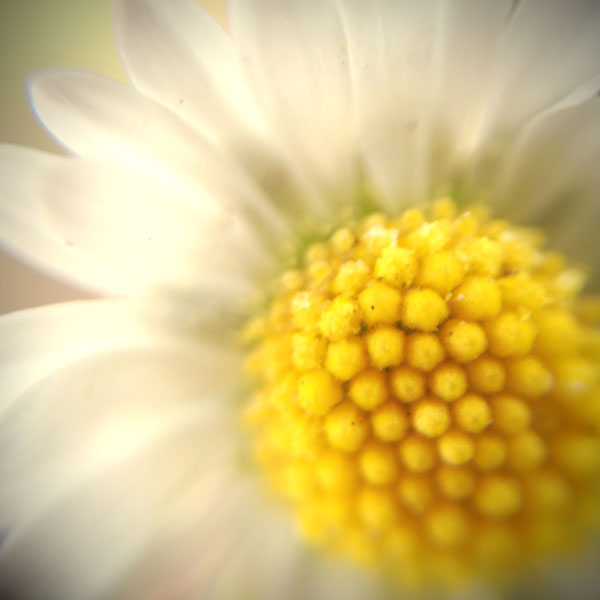
Iona Miniatures Series (2016) by Michelle L Hofer
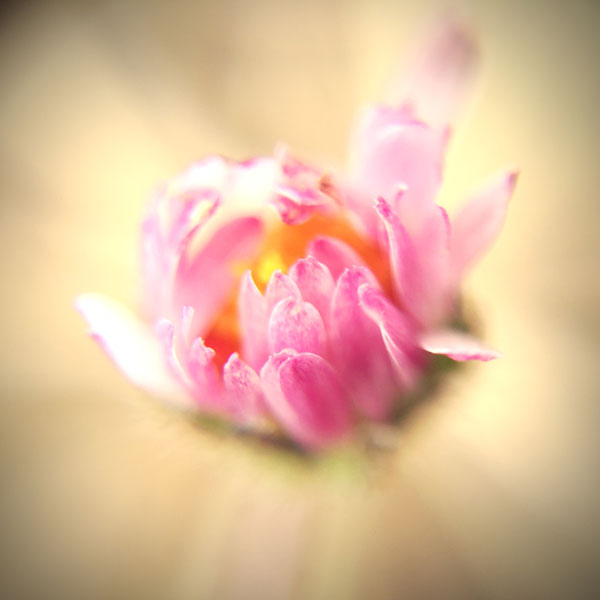
Iona Miniatures Series (2016) by Michelle L Hofer
As I was engaged in my task, sometimes lying down flat on the ground in order to get close enough to a blossom with my camera phone and a clip-on macro lens (which also got me strange looks or questions from passers-by), and reflecting on the Celtic Christians’ intense love of nature, I began to remember something I hadn’t though of for a very long time…how I came to know God as a child.
It was on a bike. My sisters and I grew up on a farm south of Freeman where my parents milked cows, grew crops and ran a crop-dusting business. Summer meant being outside for much of the day, and much of that time was spent riding bikes. Our yard had the typical utility pole in the middle and we would drive the gravel loop that went around it. Around and around, again and again we rode. I liked to spend the time I peddled observing nature: the way the wind moved the tree branches or swirled the dirt up into the air, the varieties of birds and butterflies that flew about, the shape of the clouds and the colors in the sky, the beauty of the flowers my mother brought home and planted in neat rows along the sidewalk and in the flower beds around the house.
It was in these observations that I determined for myself that God existed – there was no other way to explain the beauty and wonder of the things of nature than that someone had made them – crafted them with utmost creativity and joy. This was someone who was like me, had an eye for pretty things and loved color and texture and making things. This was who I began to understand God to be – Creator. By this time I also knew who I was – also a creator.
My time on Iona had me walking down memory lane.
Every year we come around to the season of Lent and then to this week leading up to Easter and every year we revisit the Scripture passages that zoom in on the events of Christ’s final week starting with his entry into Jerusalem. Every year we walk this lane of memories. It is good and right to do this, for memory seems to play a critical role in our faith and in our ability to grow and learn, to be restored, transformed and to give us hope. Remembering, revisiting the story of Christ’s passion, death and resurrection along with a remembering of our own stories can lead to new understandings and depths of faith.
“I will remember the deeds of the Lord;
yes, I will remember your miracles of long ago.
I will consider all your works
and meditate on all your mighty deeds.”
Your ways, God, are holy.
What god is as great as our God?
You are the God who performs miracles;
you display your power among the peoples.”— Psalm 77:11-14
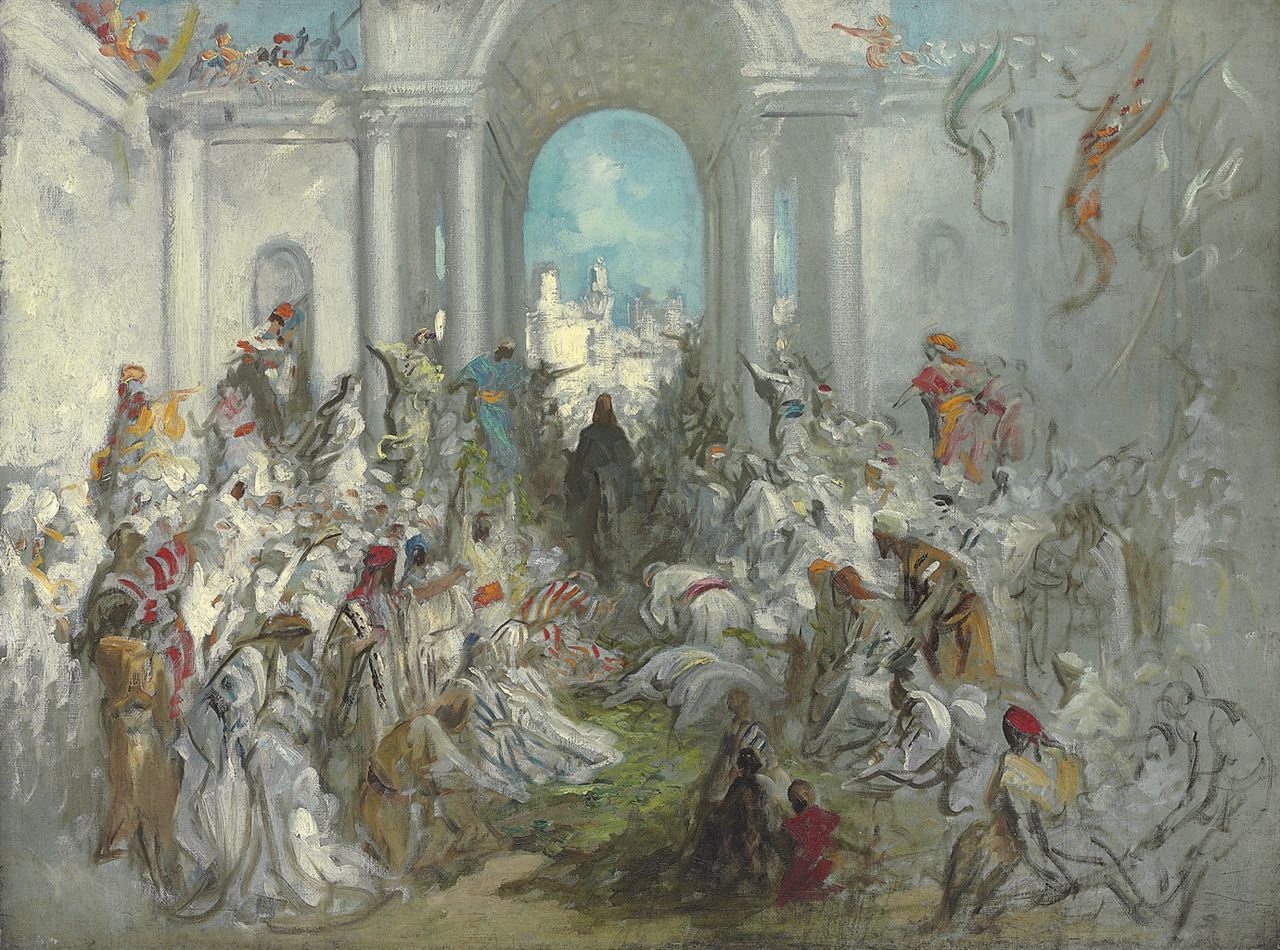
Christ’s Entry into Jerusalem (date unknown) by Gustave Doré (1832-1883).
A number of years ago, the church I was attending invited members to share their family and personal Bibles in a display during the Lent and Easter season. I was captivated by a large illustrated volume brought by an older woman in our congregation. It contained the engravings of the well known French artist Gustave Doré, who was commissioned to illustrate an English volume of the Bible published in 1865. I now own a similar copy having found it for sale not long after at a bookstore. The illustration page of “The Entry of Jesus into Jerusalem” found among Doré’s Bible illustrations is an entirely different scene than the painting above.
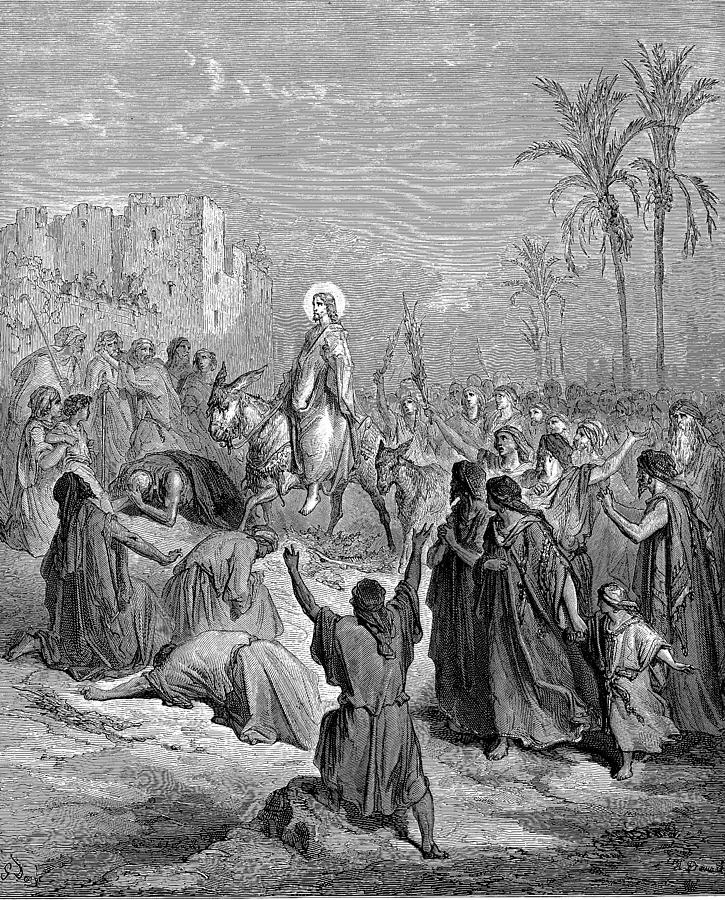
Entry of Jesus Into Jerusalem (illustration of Matthew 21:7-8) by Gustave Doré
In fact, the composition and setting of the painting is completely different from the many, many versions of this scene by other artists. Since discovering this painting by Doré online, I have been struck by it. So we are going to do some exploration of this painting.
Exploring works of art is a wonderful meditative activity and one of the ways that I like to have conversations with God. You don’t have to be an artist to do this, and it does come a little easier with practice over time. Of course, it can be helpful if you are able to read a guidebook or hear someone explain a work of art to you if you’ve not tried this before.
I’m going to give you a tour through Doré’s “Christ’s Entry Into Jerusalem.”
We’ll begin by observing the painting’s style: it is sketchy and loose (big splotches of paint dot the canvas) and this creates a sense of energy, noise, the feel of commotion that this entry procession would have had. It’s not overly colorful, but note there are strategically placed flashes of green where you can make out the carpet of palm branches strewn on the ground and in the hands of some in the crowd.
People closest to the pathway on which Christ has just passed on the donkey are bowed low. I’m still trying to make out the presence of the three small and dark figures that seem to emerge from the pathway. Are they representative of temptation? Blindness or unbelief? I’m not sure. Maybe some of you have a thought or two regarding those figures.
I will also point out a major distinction between this painting and other depictions of the entry into Jerusalem: unlike Doré’s, many entry scenes show the front of the procession. In these images, often there are children leading the way and laying down palm branches.
We’ve all been to a parade. Who are the most excited among us? The children! They are all about parades and processions. We were all once children, there are parts of us that can still be childlike, and I’ll remind you that Jesus instructs us to become like little children in our faith. We must learn to passionately welcome and celebrate the Christ by spreading out cloaks and waving branches along the paths on which he travels.
Although our vantage point is farther back, we see the city from the same viewpoint as Christ sees it. He looks straight ahead, his vision and mind transfixed on what lies ahead, that which he is to face. If we go back to the previous chapter of Matthew (chapter 20) we read, starting at verse 17, Jesus’ third prediction of his death.
“We are going up to Jerusalem, and the Son of Man will be delivered over to the chief priests and the teachers of the law. They will condemn him to death and will hand him over to the Gentiles to be mocked and flogged and crucified. On the third day he will be raised to life!” — Matthew 20:17-19
Doré’s composition lends to some marvelous foreshadowing as well: Jesus hasn’t yet passed into the shadow of the arch which we might understand to represent death and the tomb. Yet we see beyond the arch to the sunlit buildings at the heart of the city which can likewise understand to represent the resurrection beyond the grave.
One could even make the correlation here to Christ’s birth, he’s about to enter the darkness of the womb, we see him about to exit out the gates of heaven to be born in a dark stable-cave, about to slip into his life as man, the son of God “the Light of the World”.
It’s just a most marvelous work, this painting. Only the Spirit could have inspired a scene with such deep nuances, rich layers of meaning. Doré may have been completely oblivious to all that this painting would contain. I say that because I know that place. I do the work that I’ve been inspired to create, and then marvel at what God just did.
What is the focal point of this painting? What is the central object of this piece? It’s Jesus, right? But why don’t we see his face like we do in most artistic depictions of this scene. We only see him from the back. From our vantage point he has already passed by us, he’s traveling on. The question that Matthew confronts us with, and Doré has most definitely followed suit with is this:
“Who is this?”
It’s the question that we must pause on today, before we journey on, before we continue this walk down memory lane, before we enter through the gate of Holy Week:
Who is this?
Who is this person riding into Jerusalem?
A king?
A prophet?
A revolutionary?
Who is he to this crowd?
What is his relationship to these people?
What do they expect from him?
What is his relationship to me?
Who is he to me?
As a child, out riding my bike around a farmyard in South Dakota, this being became real to me, he became to me the Creator of the entire universe, the ruler of all, the King above all other Kings. Later in life I would come to understand him to be Lover of my Soul, Redeemer, Savior, Companion, Comforter, Friend. I invite you to take your own little pilgrimage journey today.
Go exploring the back roads of you memories as a believer.
Look for the places where God became someone real to you and allow those memories to refresh, restore, and renew you.
On Iona, I discovered the wonderment and awe of God’s artwork in Creation. It was marvelous, it was refreshing, it was fun and full of life and freeing.
Lastly, let’s share these memories with each other, this is our witness, our testimony, our hope, our palm branch waving celebration.
Down an Ancient Path
The BIRCH TREE STUDIO BLOG
